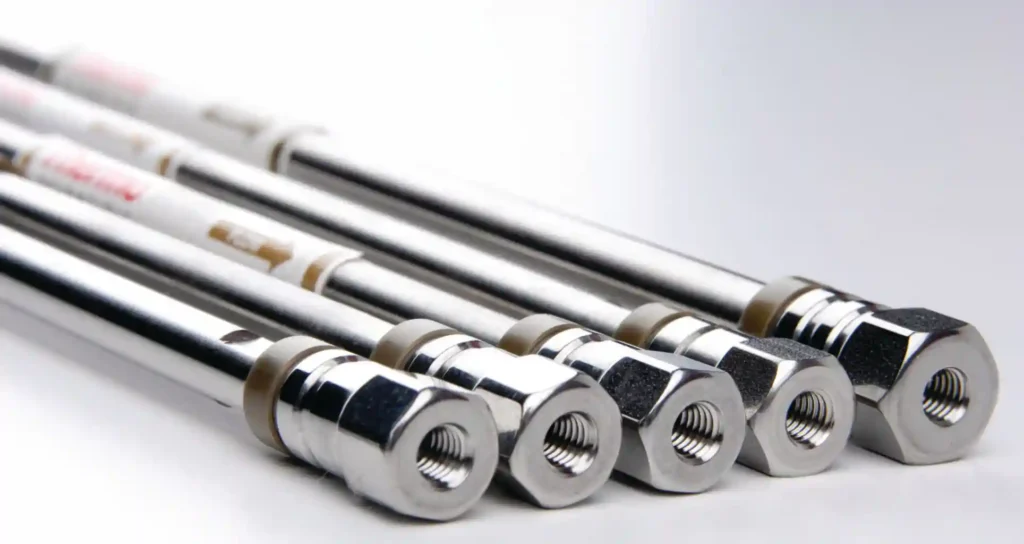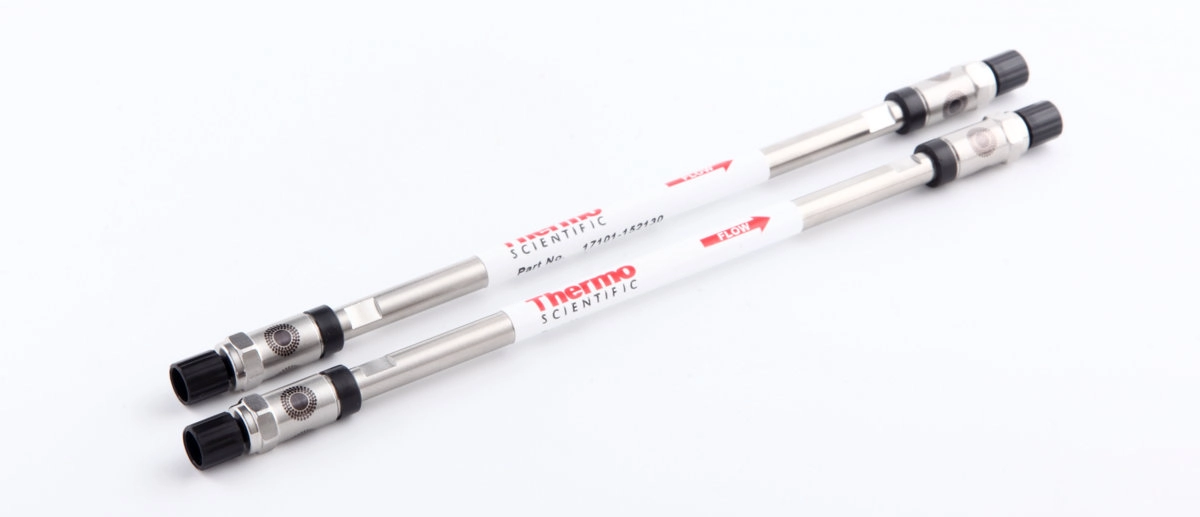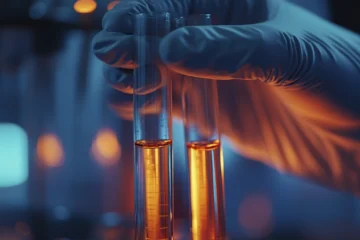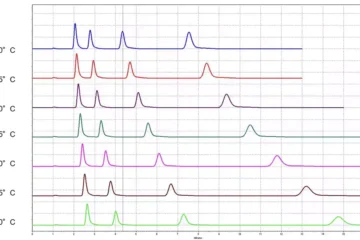High-Performance Liquid Chromatography (HPLC) is a crucial technique in various fields such as pharmaceuticals, environmental testing, and food safety. One of the most vital components of any HPLC system is the column. The choice of HPLC column can significantly affect the resolution, speed, and overall effectiveness of your analysis. In this article, we will guide you through the process of selecting the right HPLC column for your specific analytical needs.
Understanding HPLC Columns
HPLC columns are typically packed with stationary phases that interact with the analytes in your sample. The most common types of columns include:
- Reversed-Phase Columns: These are the most widely used columns for non-polar to moderately polar compounds. They employ a non-polar stationary phase and a polar mobile phase, allowing for effective separation based on hydrophobic interactions.
- Normal-Phase Columns: These columns utilize a polar stationary phase and a non-polar mobile phase. They are suitable for separating polar compounds and are often used for chiral separations.
- Ion-Exchange Columns: These columns are used for separating charged molecules, such as proteins and nucleic acids. They can be cation or anion exchange, depending on the nature of the analyte.
- Size-Exclusion Columns: Also known as gel filtration columns, these are used for separating molecules based on size, ideal for polymers and large biomolecules.
Key Factors to Consider
When selecting an HPLC column, several key factors should be taken into account:
1. Type of Analyte
The nature of your analyte is the first consideration. Ask yourself:
- Is your analyte polar, non-polar, or charged?
- Does it require chiral separation?
For non-polar analytes, a reversed-phase column is typically recommended. For polar or ionic compounds, consider normal-phase or ion-exchange columns.
2. Column Dimensions
The dimensions of the column can significantly impact your separation. Key dimensions to consider are:
- Length: Longer columns generally provide better resolution but take longer to elute compounds. Common lengths range from 30 mm to 300 mm.
- Inner Diameter (ID): Smaller diameter columns increase the efficiency of the separation but require higher pressures and can be more challenging to work with. Typical IDs range from 2.1 mm to 4.6 mm.
- Particle Size: Smaller particles (2-5 µm) yield better resolution but result in higher back pressure. Larger particles (5-10 µm) are easier to work with but may sacrifice some resolution.
3. Stationary Phase Chemistry
The chemistry of the stationary phase is critical for interaction with the analyte. The following factors should be considered:
- Surface Area: Higher surface area generally leads to better interaction with the analyte and improved resolution.
- Functional Groups: The type of functional groups on the stationary phase (C18, C8, phenyl, etc.) will determine the polarity and selectivity of the column. C18 columns are common for reversed-phase chromatography, while phenyl columns can provide π-π interactions for aromatic compounds.
- Endcapping: Endcapping is a process used to minimize the silanol activity in silica-based columns. Endcapped columns often yield improved peak shapes and reproducibility.
4. Mobile Phase Compatibility
The choice of mobile phase can influence column selection. Factors to consider include:
- Polarity: Ensure that the mobile phase is compatible with the stationary phase. For reversed-phase columns, a polar mobile phase like water with an organic modifier (e.g., acetonitrile) is standard.
- pH: The pH of the mobile phase can affect the ionization of analytes and, consequently, their interaction with the stationary phase. Ensure your column can withstand the chosen pH range, especially for silica-based columns.
- Buffering Capacity: If you are using ion-exchange or biological separations, consider the buffering capacity of your mobile phase to maintain a stable pH during analysis.
5. Temperature Stability
Temperature can affect the efficiency and selectivity of your separation. Some columns are designed for high-temperature applications (up to 80°C or more), which can improve mass transfer and reduce analysis time. Ensure that your chosen column can handle the desired temperature range.
6. Sample Characteristics
Understanding your sample matrix is crucial. Consider:
- Sample Composition: If your sample contains particulates, a guard column can help protect your main column from contamination.
- Concentration: Highly concentrated samples may require diluting or a column designed for higher load capacity.
7. Cost and Availability
HPLC columns can vary significantly in price. While it’s tempting to choose the cheapest option, consider the total cost of ownership, including longevity, reproducibility, and replacement frequency. Additionally, ensure that your chosen column is readily available for consistent results.

Column Selection Workflow
To simplify the selection process, you can follow a workflow:
- Define Your Analyte: Identify the nature of your analyte (polar, non-polar, ionic).
- Determine Required Resolution: Assess how critical the resolution is for your analysis.
- Select Column Dimensions: Based on your analysis time and sample volume, select the appropriate length and diameter.
- Choose Stationary Phase Chemistry: Based on the interactions needed for your analyte.
- Test Mobile Phase Conditions: Ensure compatibility and desired separation conditions.
- Consider Temperature and Sample Matrix: Assess if your sample requires specific handling or temperature adjustments.
- Review Cost and Availability: Ensure you can obtain the column within your budget and timeline.
Selecting the right HPLC column is a critical step that can influence the success of your analysis. By considering the type of analyte, column dimensions, stationary phase chemistry, mobile phase compatibility, and other factors outlined in this article, you can make an informed decision that enhances your chromatographic performance.
Remember, column selection may also involve some trial and error, and it’s essential to document your findings for future reference. Whether you’re a seasoned chromatographer or just starting, taking the time to choose the right column will yield significant benefits in terms of resolution, speed, and reproducibility in your HPLC analyses.
For more detailed advice and specific column recommendations, feel free to reach out to HPLC Professionals. We’re here to support you in achieving the best results in your chromatography endeavors!




